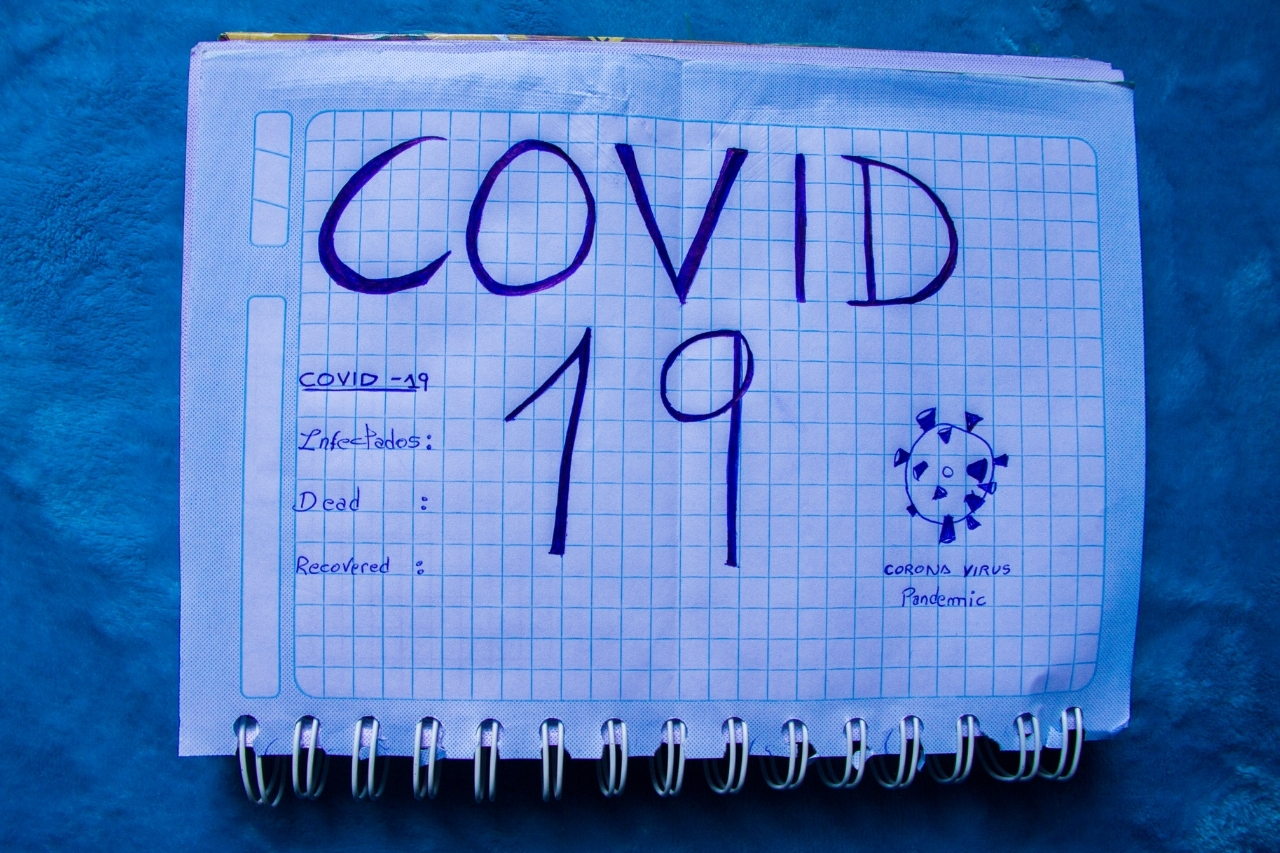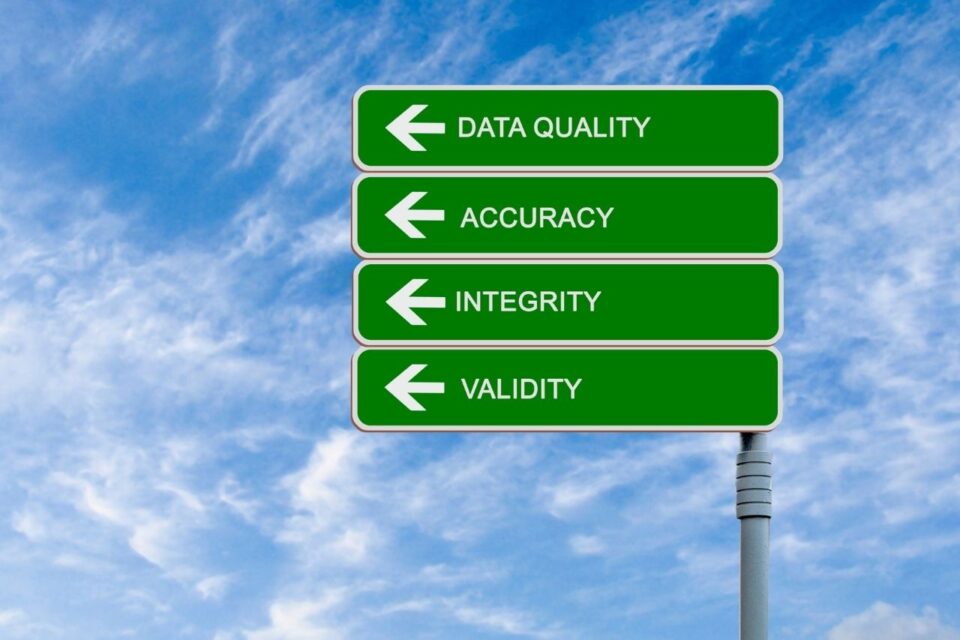
The Importance of Healthcare Revenue Recovery
August 6, 2020
COVID-19 is Boosting Pricing Transparency in Healthcare
August 27, 2020President Trump issued an executive order calling for hospitals to publish prices in the hopes it will promote greater competition and ultimately drive down healthcare costs for patients.
The government isn’t alone in calling for stronger transparency. With deductibles and out-of-pocket expenses climbing, patients want to know what they’re responsible for financially. They expect the same level of consumerization they’re used to when shopping in any other industry.
Between the COVID-19 crisis and recent legal action brought by the American Hospital Association and other hospital groups, many in the healthcare community suspected the current deadline may be revised.
However, after a decisive district court ruling in late June, it appears the final rule will go into effect as planned. Currently, the AHA is filing for an appeal and there are 34 hospital associations requesting a delay.
The CMS final rule proposes to make hospitals’ price information readily available to patients, so they can compare costs and make more informed healthcare decisions.
Meeting the deadline and maintaining compliance will be no small endeavor for providers. In fact, CMS estimates each hospital will potentially spend an average of 150 hours to review and post their standard charges for the ruling beginning in January 2021. Most experts suggest this projection is too low.
Below are the action steps for Hospitals:
1. Assemble a task force and understand final rule requirements
Complying with the new rule will be a large undertaking that requires multidisciplinary coordination and resources. One of the first steps is to assemble a price transparency task force with leaders from all revenue cycle departments, including legal, IT, and compliance. Unfortunately, if a facility is found to be noncompliant, CMS may either issue a written warning, a corrective action plan, or a $300 daily fine.
2. Gather data and review contract terms
The next step is to conduct a detailed review of all-payer contracts and how the five standard charges break down for each item or service.
The five standard charges are:
- gross charges
- payer-specific negotiated charges
- discounted cash prices
- de-identified minimum negotiated charges
- de-identified maximum negotiated charges
These charges need to be updated annually and the charges include everything from supplies and facility fees to room and board. It’s important to bring the task force together to build a payer grid that matches key contract terms to revenue and usage.
To meet the pricing transparency requirement, the task force should execute claim analysis for the most common services, including any primary and ancillary services that accompany a given shoppable service. This file should also include standard charges and be prominently displayed on the organization’s website to be available to all patients.
3. Evaluate whether to partner with external resources
As previously mentioned, CMS estimates the average hospital will need to allocate roughly 150 hours to collect and post standard charge info. This estimate could be even higher depending on factors like a facility’s number of negotiated payer contracts or the size of their chargemaster.
4. Consider a price estimation tool
Hospitals should consider offering an online estimation tool that’s consumer-friendly, free for all patients, and should be displayed on their website. It also should be accessible without having to create an account or password. Also, it’s important to mention the healthcare organization should be in compliance with the shoppable services requirement as hospitals must list at least 300 shoppable services, 70 of which are defined by CMS.
5. Refine pricing strategy
It is a fact that many healthcare organizations are using the pricing transparency rule as an opportunity to revisit their pricing strategy. This is well overdue as most facilities have not performed a thorough pricing review in many years.
6. Prepare and publish charge files
Gathering the data to ensure compliance will be complicated and time-intensive, so it’s imperative to start the process now. Once you’ve built the two required files, partner with your IT and marketing/communications teams to ensure the lists are effectively incorporated into the greater architecture of your website.
Discover The Ultimate Pricing Transparency Solution
If you are interested in a free demo of our AllPayor® Software, please go HERE or you can register for a FREE webinar HERE





